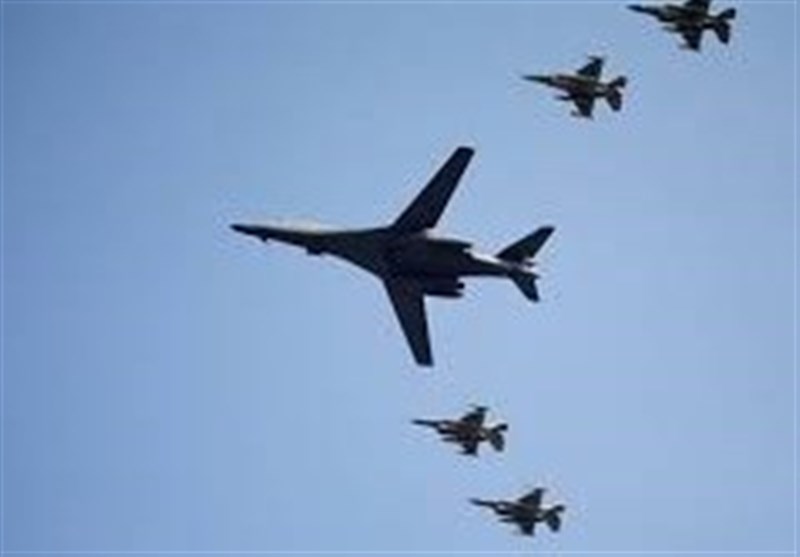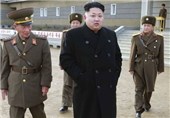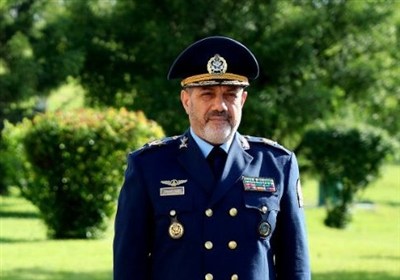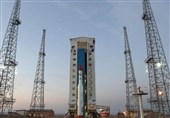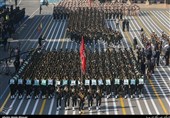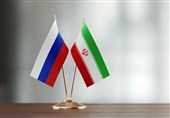US Flies Bombers over South Korea in Show of Force against North
TEHRAN (Tasnim) – The United States on Tuesday sent two nuclear-capable supersonic bombers streaking over ally South Korea in a show of force meant to cow North Korea after its recent nuclear test and also to settle rattled nerves in the South.
The B-1B bombers, escorted by US and South Korean jets, were seen by an Associated Press photographer as they flew over Osan Air Base, which is 120 kilometers (75 miles) from the border with North Korea, the world's most heavily armed. The bombers were likely to return to Andersen Air Force Base in Guam, without landing in South Korea.
Such flyovers are common when always high animosity rises on the Korean Peninsula, which is technically in a state of war as there has never been a peace treaty to officially end the 1950-53 Korean War.
South Korea does not have nuclear weapons and relies on the US "nuclear umbrella" as a deterrent to North Korea. Washington also stations more than 28,000 troops in the South, and tens of thousands more in Japan.
North Korea is keenly aware of the US presence on the peninsula and of what it considers the US nuclear threat. It uses such flyovers and the American military influence in the South in its propaganda as alleged proof of US hostility that it claims as the reason it needs a nuclear bomb program.
Last week's nuclear test, the North's fifth, was its most powerful to date. Pyongyang's claim to have used "standardized" warheads in the detonation makes some outsiders worry that it is making headway in its push to develop small, sophisticated warheads that can be mounted on missiles that can reach the US mainland.
Nuclear expert Siegfried Hecker, who has regularly visited the North's nuclear facilities, estimates the North may have enough nuclear fuel for about 20 bombs by the end of 2016 and the ability to add about seven new bombs a year.
"Left unchecked, Pyongyang will likely develop the capability to reach the continental United States with a nuclear tipped missile in a decade or so," Siegfried wrote on the North Korea-focused website 38 North. He said that more troubling was the recent test successes may give Pyongyang a false sense of confidence.
Six-nation diplomatic talks aimed at ridding the North of its bombs have been stalled since the last round of meetings in late 2008. Since then, Pyongyang has ramped up both its ballistic missile and nuclear bomb development, despite an increasing raft of sanctions.
After the test, the North's nuclear weapons institute said it will take unspecified measures to further boost its nuclear capability, which analysts said hinted at a possible sixth nuclear test.
South Korea's Defense Ministry said Monday that South Korean and US intelligence authorities believe North Korea has the ability to detonate another atomic device at any time at one of its tunnels at its main Punggye-ri nuclear test site, where the five previous atomic explosions took place. Ministry officials refused to say what specific evidence pointed to another possible nuclear test.
Seoul, Washington and their allies have vowed to apply more pressure and sanctions after the test, the second this year.
"The United States and (South Korea) are taking actions every day to strengthen our alliance and respond to North Korea's continued aggressive behavior," Gen. Vincent Brooks, commander of US Forces Korea, said in a statement.
Sung Kim, the US special envoy for North Korean policy, met South Korean officials in Seoul on Tuesday and said that Washington is working closely with other nations to work out new, stronger sanctions on North Korea.
In yet another tough statement against North Korea, South Korea's President Park Geun-hye on Tuesday ordered her military to be ready to "finish off" North Korea should if it fire a nuclear missile toward South Korea. She already said North Korean leader Kim Jong Un's "mental state is spiraling out of control" and that his government shows "fanatic recklessness."
